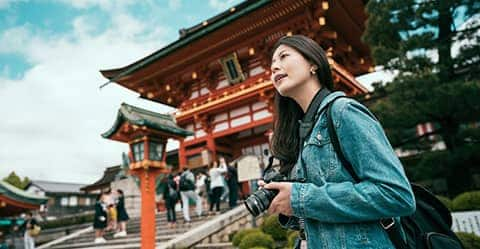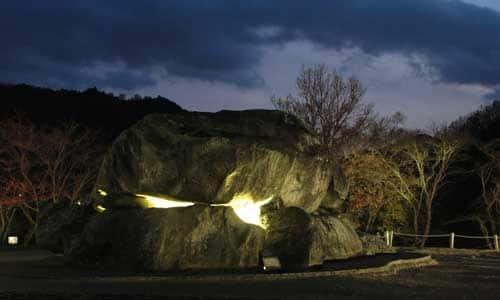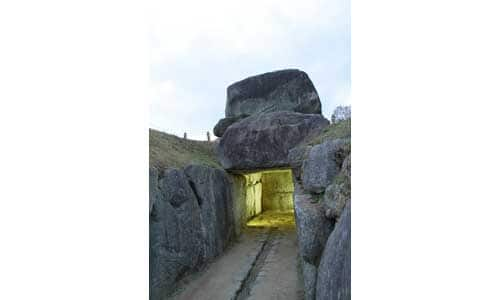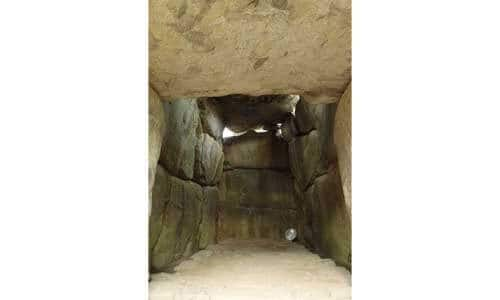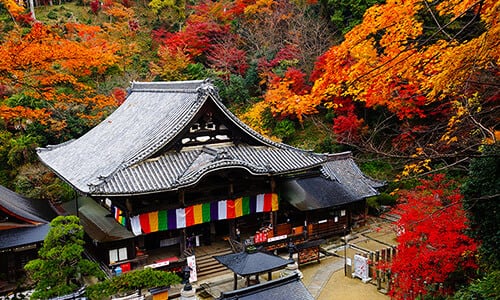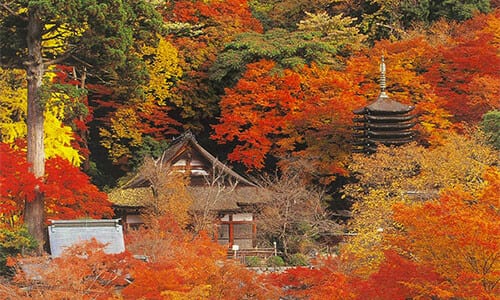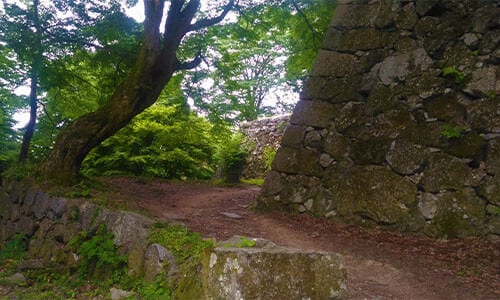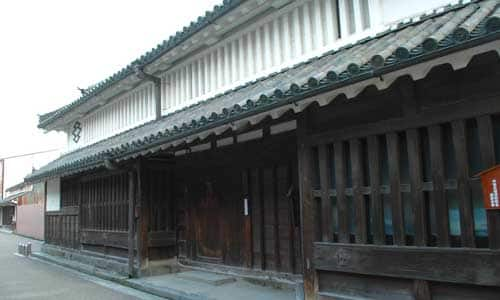- Culture
- Nara
Ishibutai Tumulus

Asuka as a symbolic representative of ancient times
Asuka Village is the site of numerous excavated items from palaces and other historic remains from the Asuka Period (552-646). The Ishibutai Tumulus stone chamber, compiled of 30 huge rocks, was constructed in the 6th century and is one of the largest in Japan. It is known as Ishibutai (stone stage), as the top part of the ceiling has stones that are flat, giving a stage-like impression. The tomb was once covered by earth, but over time this was eroded to reveal the ceiling stones. It has never actually been determined whose tomb this is, but some believe that it may have belonged to a statesman, Sogano Umako, as his garden was once located nearby.

Cycling in the nature-rich ancient capital
Asuka Village boasts numerous ancient ruins and beautiful surrounding natural features. Renting bicycles, even electric bicycles, would be a good way to leisurely enjoy the scenery and visit spots around the village. Some traditional houses have been renovated into farmhouses offering accommodation and meals using fresh local produce as well as farming experiences. You might feel as if you are visiting your grandmother's house in a nature-rich countryside.
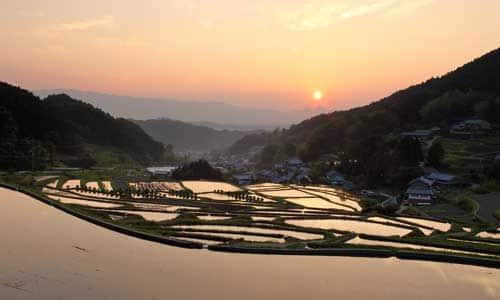
Inabuchi Tanada Terraced Rice Fields: A picturesque Japanese rural landscape
Inabuchi Tanada, selected as one of the top 100 terraced rice fields of Japan and created during the medieval period of Japan (794-1573), are located near the Ishibutai Tumulus. The area consists of about 300 rice fields and other types of farmland and has stunning seasonal viewing features that spread out over the vast area of historic and charming Asuka Village, such as rape flowers in the spring, the sunset reflecting on the water surface of the rice fields in early summer and red spider lilies in autumn. This place plays an important role in the beautiful historic scenery of Asuka Village and attracts visitors with its warm and relaxing atmosphere.
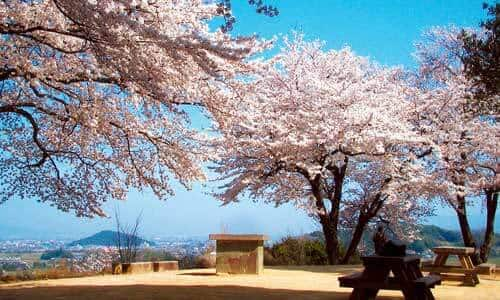
A stunning panoramic view of ancient history
Why not leave your bicycle for a little while and take a hike up the 148-meter-high Amakashi Hill, located at the center of the Asuka area? You can see all of Asuka Village from the summit, as well as the Yamato Sanzan (Three Mountains of Yamato): Mount Miminashi, Mount Unebi and Mount Amanokagu. It is believed that Sogano Emishi (father) and Sogano Iruka (son), both statesmen around the time of the 7th century, built their residence at the foot of this mountain to underscore their power to the people. Some plants that appear in Man'yoshu, Japan's oldest poetry anthology, have been planted along the paved walking trails to provide a more ancient feel.
Location
| Name | Ishibutai Tumulus |
|---|---|
| Website | https://www.visitnara.jp/venues/A00524/ |
| Address | 254 Shimasho, Asuka-mura, Takaichi-gun, Nara |
| Access | From Kintetsu Kashiharajingu-mae Station or Asuka Station, take the Nara Kotsu Asuka Loop Bus and get off at Ishibutai bus stop. |
| Business Hours | 8:30 to 17:00 |
| Inquiries | TEL: 0744-54-4577 (Asukamura Regional Promotion Corporation) |
| Admission | Adult: 300 yen; High school student or younger: 100 yen |





